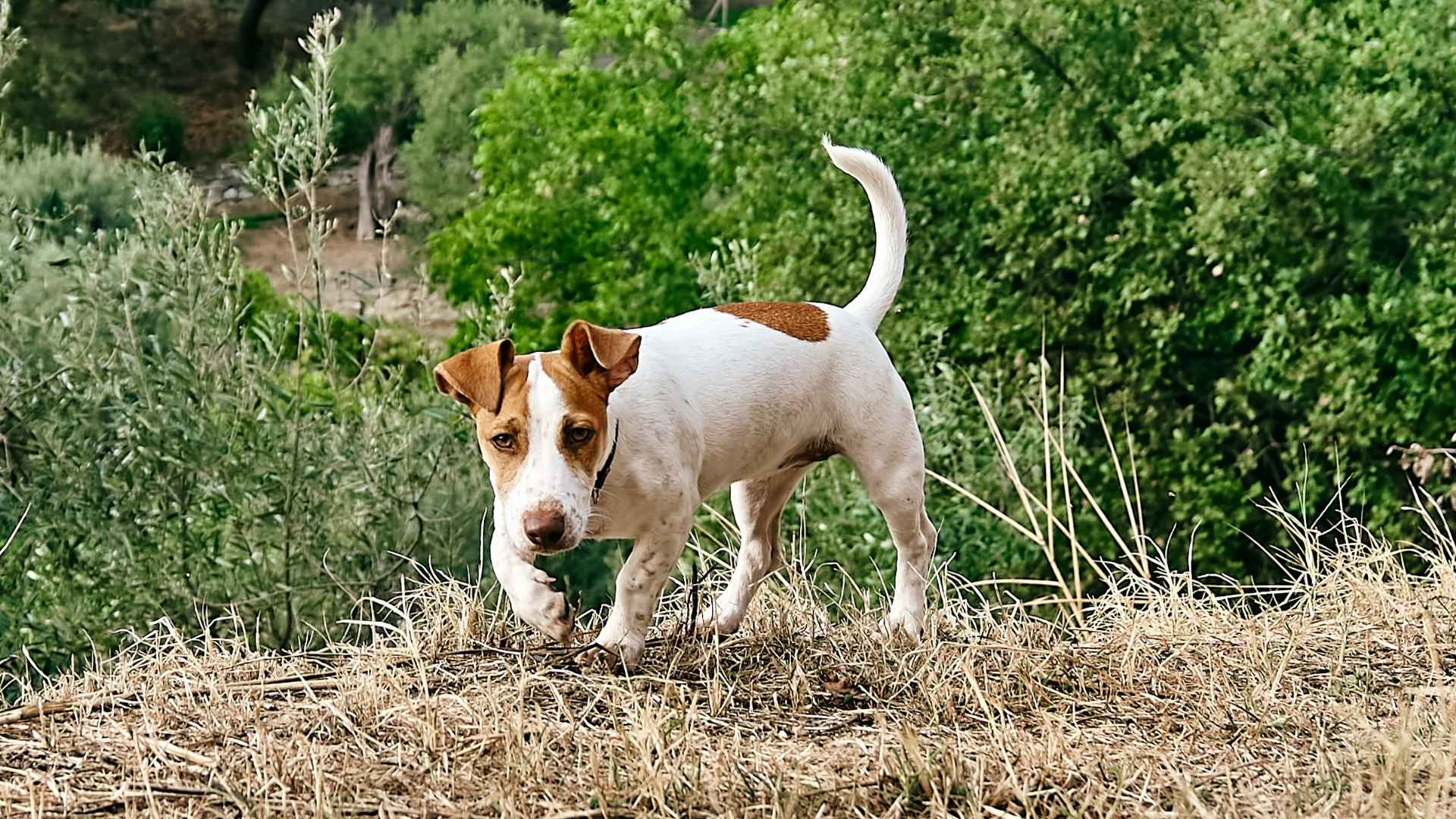What if your dog wasn’t just your best friend, but also your best line of defense against rats? In many parts of the world, rodents aren’t just annoying—they’re destructive, dirty, and hard to control.
But nature already gave us a solution: dogs bred for ratting. These breeds don’t need to be taught how to hunt. It’s in their blood. While some dogs nap in windowsills, these are wired for movement, always alert, and born to chase.
They don’t shy away from dark corners or cramped spaces. They leap into action the second they sense something’s off. And they do it with speed, purpose, and satisfaction.
This article highlights the dog breeds best suited for hunting rats and mice—compact, smart, and fearless dogs that turn pest control into a game they’re determined to win.
Dog Breeds For Hunting Rats & Mice
1. Jack Russell Terrier
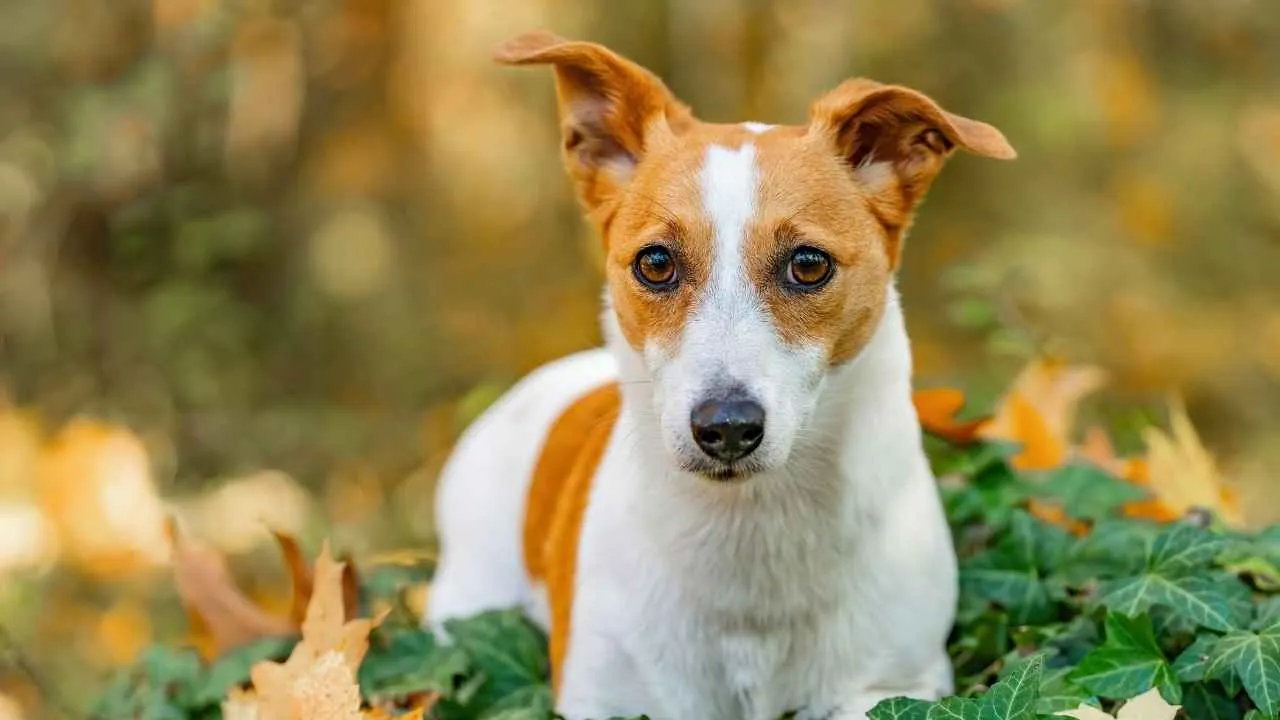
Jack Russell Terriers were developed in England in the 1800s to chase foxes underground and flush out small game. Their compact build, strong legs, and fearless attitude made them effective in tight spaces. The same drive makes them excel at hunting rats and mice in barns, fields, and even homes.
Fast Reaction and Sharp Senses
They have an exceptional prey drive paired with quick reflexes, allowing them to lock onto small movements instantly. Their hearing and scenting abilities are highly refined, often detecting rodents that humans can’t spot. This combination of sensory sharpness and stamina gives them lasting efficiency in pest control.
Tenacity Without Exhaustion
Jack Russells work with focus rather than frenzy — pacing their energy over time. They can pursue rodents persistently, often digging or circling for long periods without losing interest, as per Petplan. Their ability to work independently makes them dependable in settings where pests hide in complex areas.
More Than Just a Hunter
Although originally bred for fox hunting, they adapted over time into reliable rats in both rural and urban setups. They are not just skilled in barns but also serve as an active companion dog in homes that value energy and alertness. Their compact body and alert eyes reflect their working heritage.
2. Rat Terrier
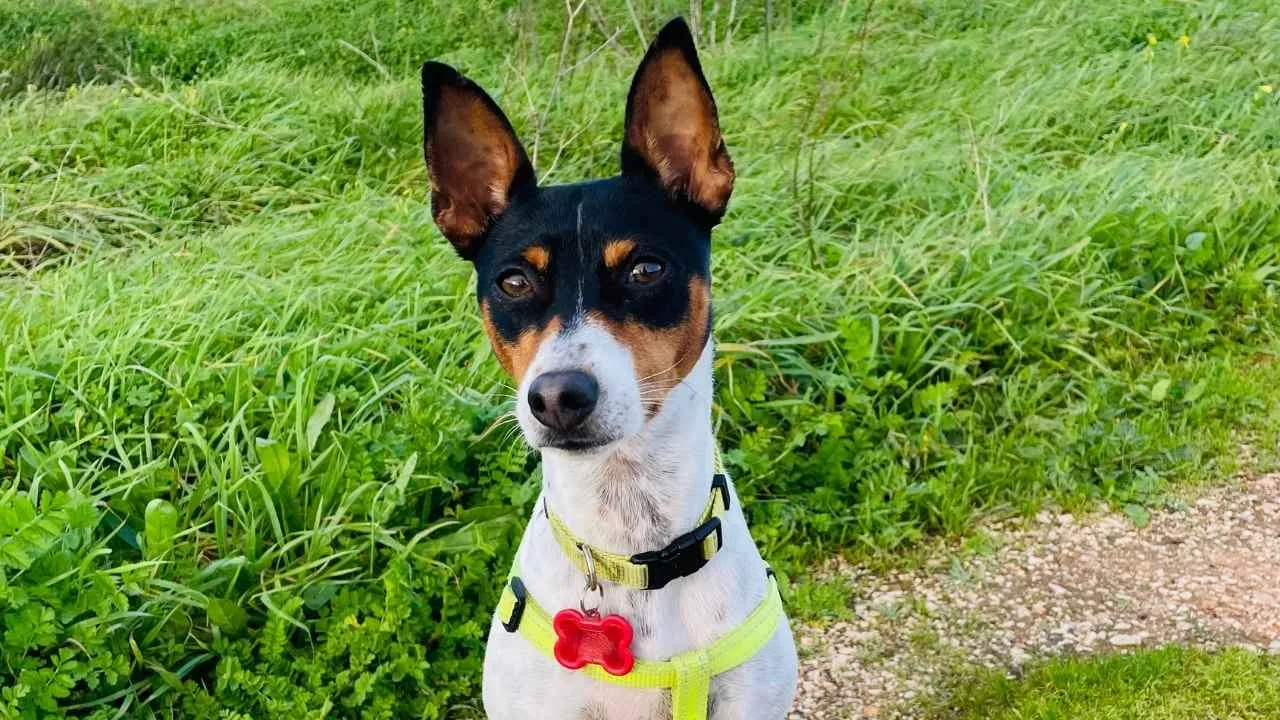
Rat Terriers were developed in the early 1900s in America to clear farms and homes of rodents. They’re known for their fast striking speed and determined follow-through. This efficiency made them valuable because rats reproduced quickly and hid in hard-to-reach places.
Endurance-Driven Hunter
This breed tracks by scent, sound, and movement, often digging or circling when on alert, as stated in PetMD. They work alone without needing frequent cues, which suits pest-heavy environments. Their ability to sustain effort makes them reliable for continued hunting vermin.
Small Body, Fast Reflexes
Their lean build helps them slip through tight areas, corners, and field holes with ease. As a small dog, they can get to pests hiding under the flooring or inside sheds. Their strong legs and quick turns help them pin prey with surprising control.
History Among Other Breeds
Compared to other terriers, Rat Terriers are noted for their quiet, focused work ethic and sharp responsiveness. They were often selected on farms specifically for their practical hunting output. Their speed and efficiency were valued more than show traits or appearance.
3. Cairn Terrier
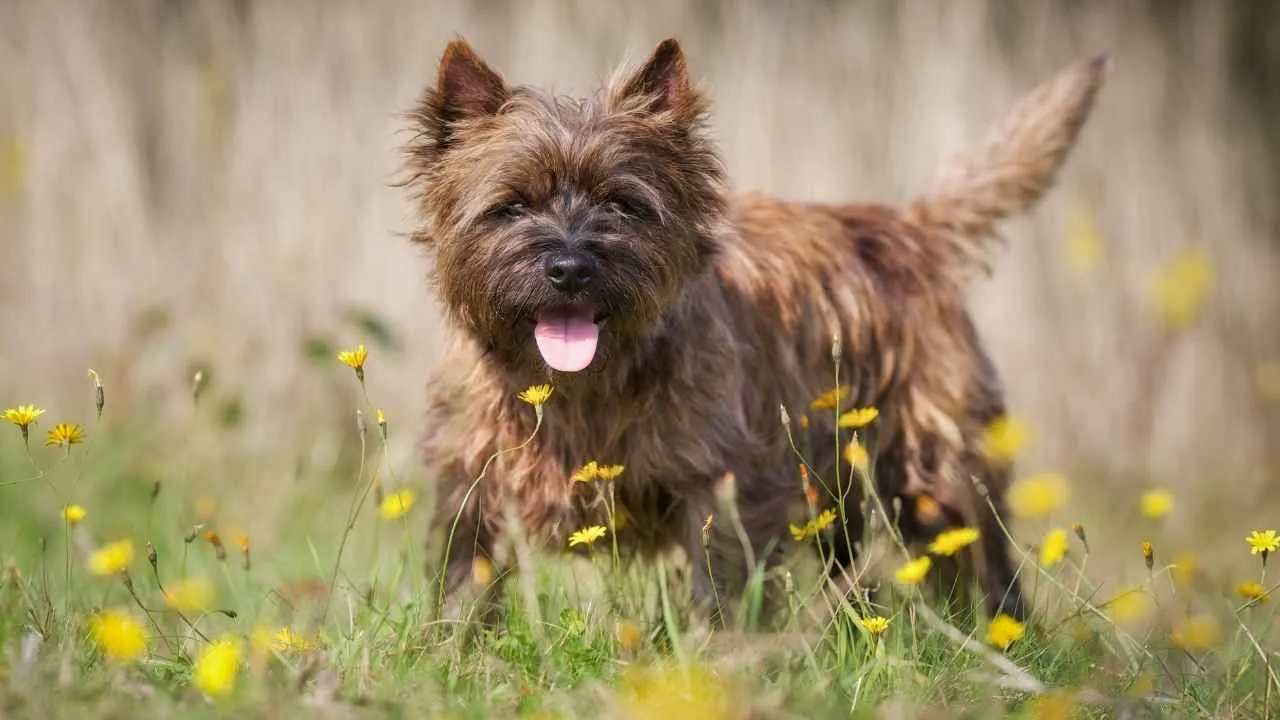
Did You Know: The most iconic Cairn Terrier in pop culture is “Toto” from The Wizard of Oz, who was actually played by a female dog named Terry.
The Cairn Terrier was historically used by Scottish farmers to hunt rodents hiding in rock piles or cairns. Its sturdy paws, strong neck, and determined digging instincts were ideal for this rough terrain. Their low center of gravity and compact frame made navigating dense underbrush more effective.
Built for Stamina and Focus
Their work ethic stands out during hunting, where they maintain sharp attention and minimal distraction. They chase, dig, and wait for the right strike. Even in modern homes, many still show the behavior of pawing at baseboards or sniffing corners.
Independent Thinking in Tight Spaces
Cairns often worked solo in narrow crevices and underground tunnels where human help wasn’t possible. This encouraged a level of self-direction rarely seen in many small breeds. Their confidence in unfamiliar or dark spaces made them reliable in unpredictable environments.
Rugged Coat with Practical Purpose
Their wiry double coat is weather-resistant, shielding them from the damp and cold during long hours in the field, as mentioned in Showsight Magazine. It also prevents debris and dirt from clinging while they dig or push through brush. Even today, that coat reflects their outdoor working background.
4. Dachshund
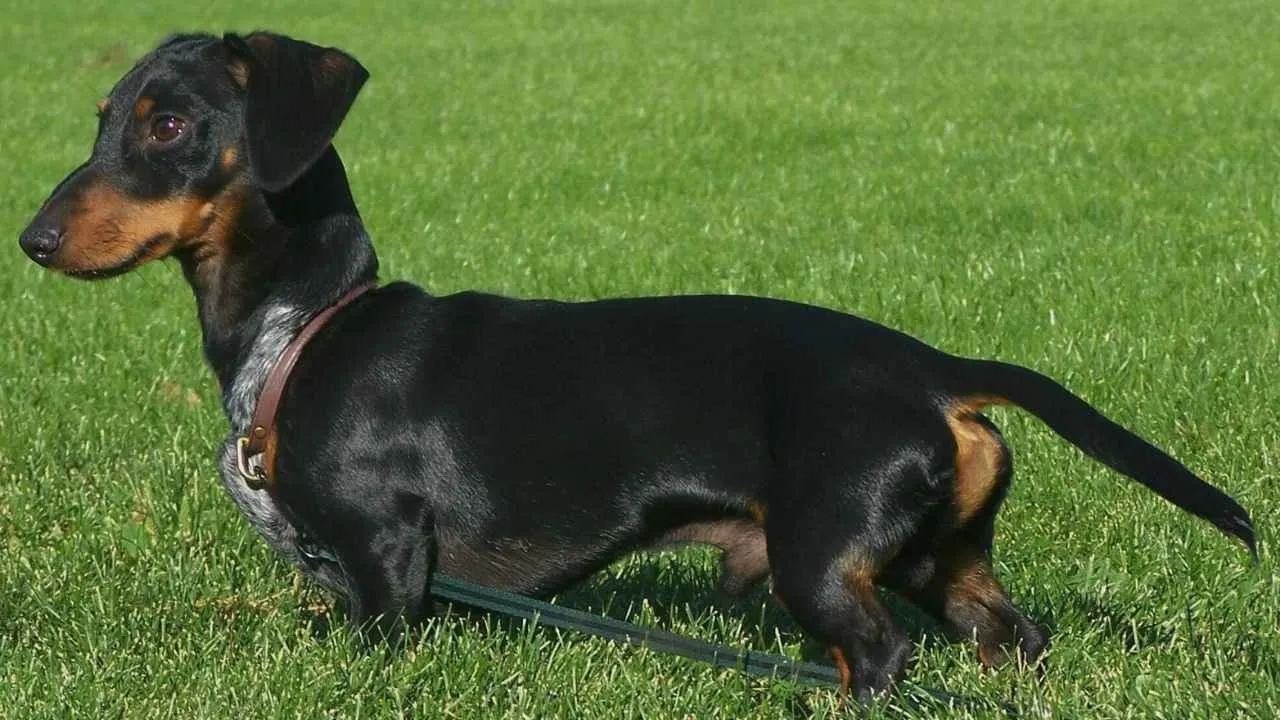
The Dachshund’s long torso and strong chest muscles allowed it to enter narrow tunnels and move efficiently underground. It was specifically shaped to follow scent trails and reach hiding prey with minimal obstruction. The breed’s frame helped them stay low to the ground during extended searches.
Energy Reserved for the Chase
They are known for their ability to dig with purpose, often returning to the same scent spot repeatedly. This behavior makes them effective in detecting where rodents pass or hide. Their movements stay focused even during long searches around barns, basements, or gardens.
Scent Work at Ground Level
Dachshunds have a highly sensitive nose that enables them to detect faint trails left behind by rodents. Their natural posture keeps their face close to the surface, giving them better contact with the scent line. These traits improve their response time when tracking inside tight spaces.
Still Active Where Rodents Nest
In some rural areas, they are still kept as practical rat hunters because of their persistence and confidence. They move through confined spaces without hesitation and react quickly to underground sounds. Their sharp bark also alerts owners to the presence of pests behind walls or under flooring.
5. Miniature Schnauzer
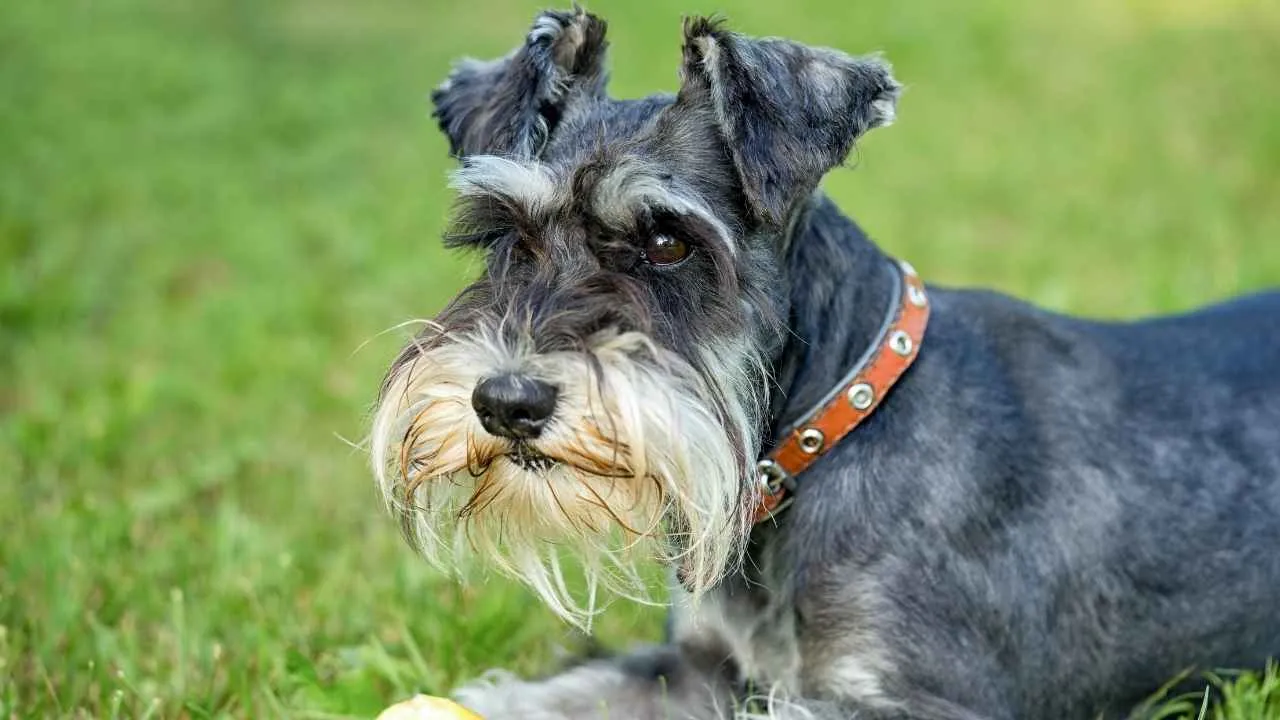
Miniature Schnauzers were developed in 19th-century Germany for ratting and farm duties. They were selectively bred for compactness, sharp instincts, and quick reactions. Their role was to detect and dispatch rodents hiding in corners, sheds, or underground gaps.
Always on High Alert
This breed is known for its watchful expression, quick head turns, and strong awareness of movement. Their ears, brows, and upright tail create a posture ready for a chase at any moment. They excel at spotting sudden rustles, especially in cluttered or dark areas.
Energetic but Purpose-Driven
Miniature Schnauzers show high stamina in pest control tasks without becoming hyperactive. They’ll track rodents through grass or debris with steady, calculated movement. Their ability to keep working without losing focus adds to their reliability.
Coat Made for Work
Their wiry, weather-resistant coat helps them move through tight spaces without injury. It naturally repels dirt and reduces snagging on rough surfaces like hay or crates. Groomers often shape the coat to retain freedom of motion during active use.
6. Norfolk Terrier
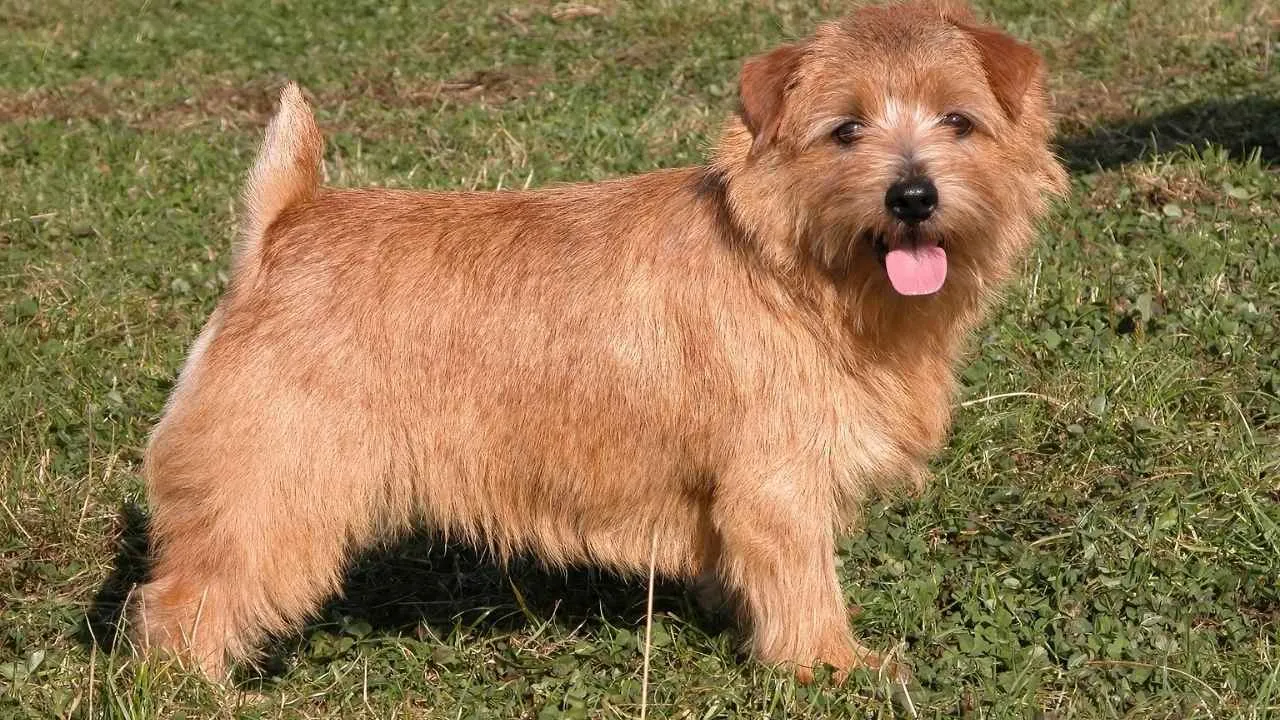
Norfolk Terriers were historically used on British farms to control rodents around grain stores, haylofts, and cellars. Their low-set, wiry bodies let them navigate cluttered storage areas with ease. Their working instinct remains intact even today in rural pest control settings.
Alert, Ground-Focused Instinct
Their low center of gravity and strong jaws make them especially good at striking quickly on the ground. They often lower their head close to the floor to listen and sniff with precision. When a rat moves, they reacts in bursts — quick, direct, and deliberate.
Known for Working in Packs
What sets them apart is their ability to hunt collaboratively in small groups without aggression, as Orvis claims. On farms, they were commonly released in twos or threes to clear spaces fast. This cooperative style is rare among terriers and highly valued by handlers.
Maintenance That Supports Their Job
Their dense, weather-resistant coat protects them during outdoor hunts in damp or tight areas. Many handlers keep their ear hair trimmed to improve hearing and visibility underground. They don’t need fancy grooming, but regular coat stripping helps preserve their natural texture.
7. Manchester Terrier
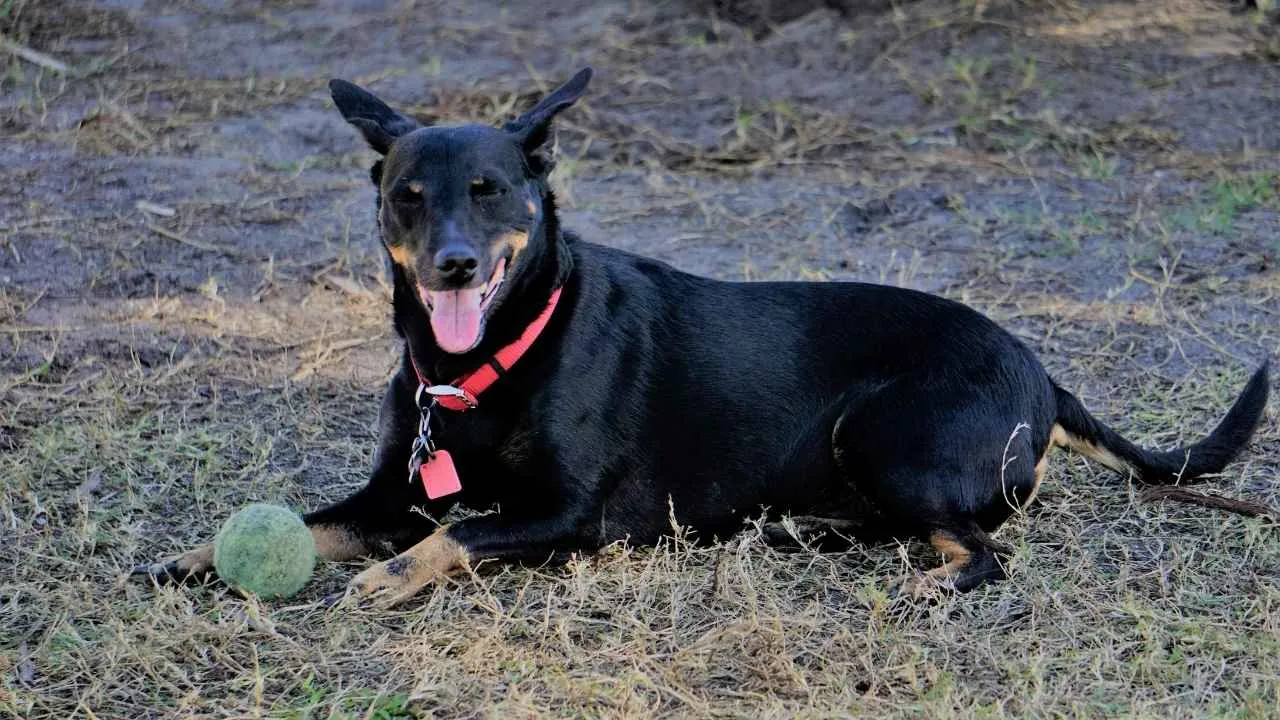
Bred in 19th-century England to eliminate rats in city streets and textile mills, the Manchester Terrier earned its reputation through focused and efficient hunting. Its slender frame allowed it to dart through narrow spaces quickly. The breed became a favorite among tradesmen needing help with rodent control.
Speed-Driven Hunting Skills
This breed carries a combination of athletic speed and keen tracking instincts. Once a movement is detected, they rely on sudden bursts of acceleration to capture rodents before they can escape. Their focus sharpens further in cluttered spaces like basements and sheds, where small pests hide.
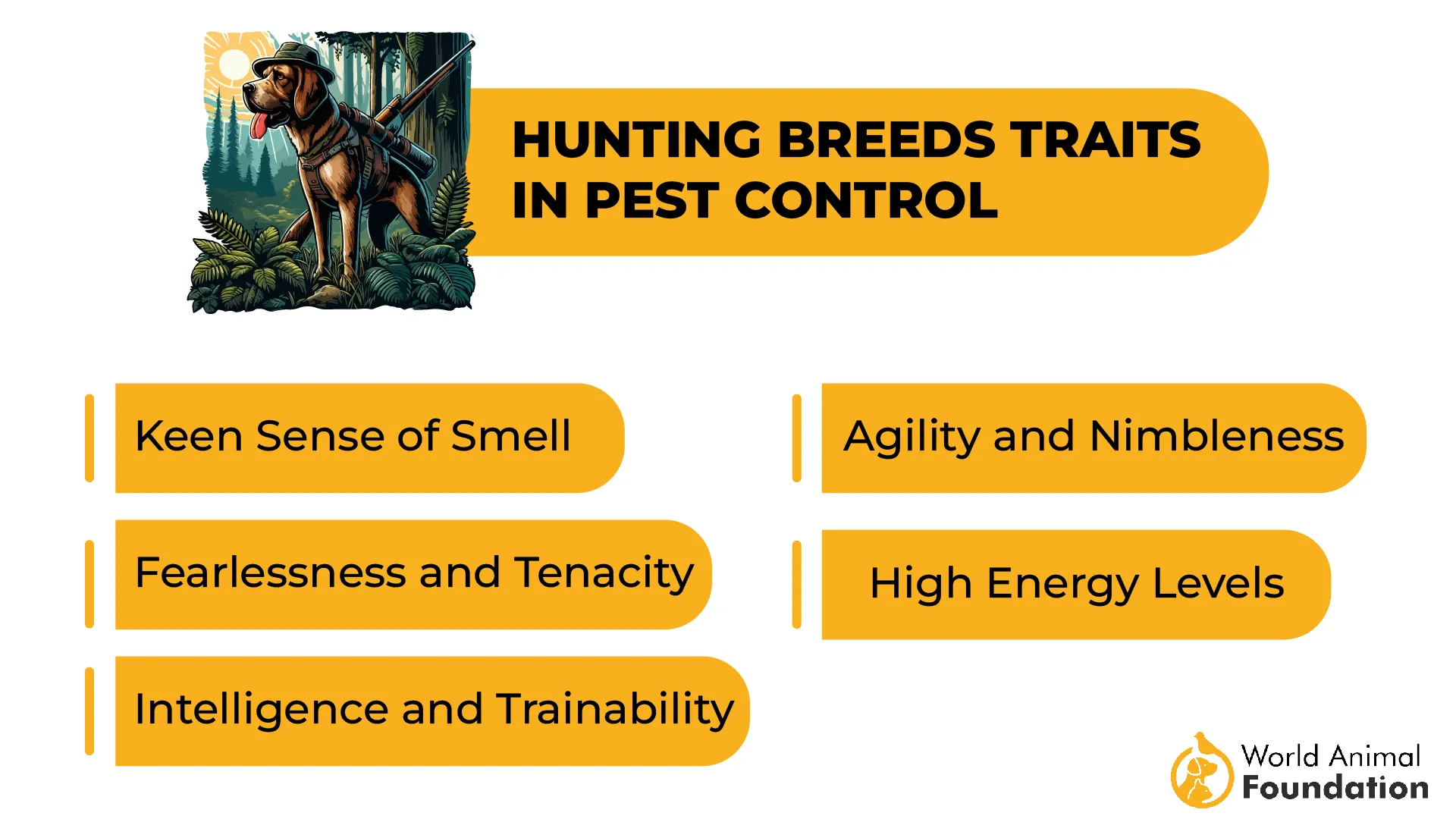
Precision Without Panic
Manchester Terriers are quiet hunters who work with deliberate motion rather than scattered bursts. Their alert posture and strong jaw make them physically suited for swift, accurate strikes. Many were historically valued for their ability to clear multiple rats in minutes during urban infestations.
A Sleek Working Dog with Control
Their short coat is easy to maintain, but what stands out more is their poise and confident stance while working. Unlike some small breeds that get overstimulated, Manchesters remain steady under pressure. This made them highly respected among organized rat-catching groups in 1800s England.
8. Yorkshire Terrier
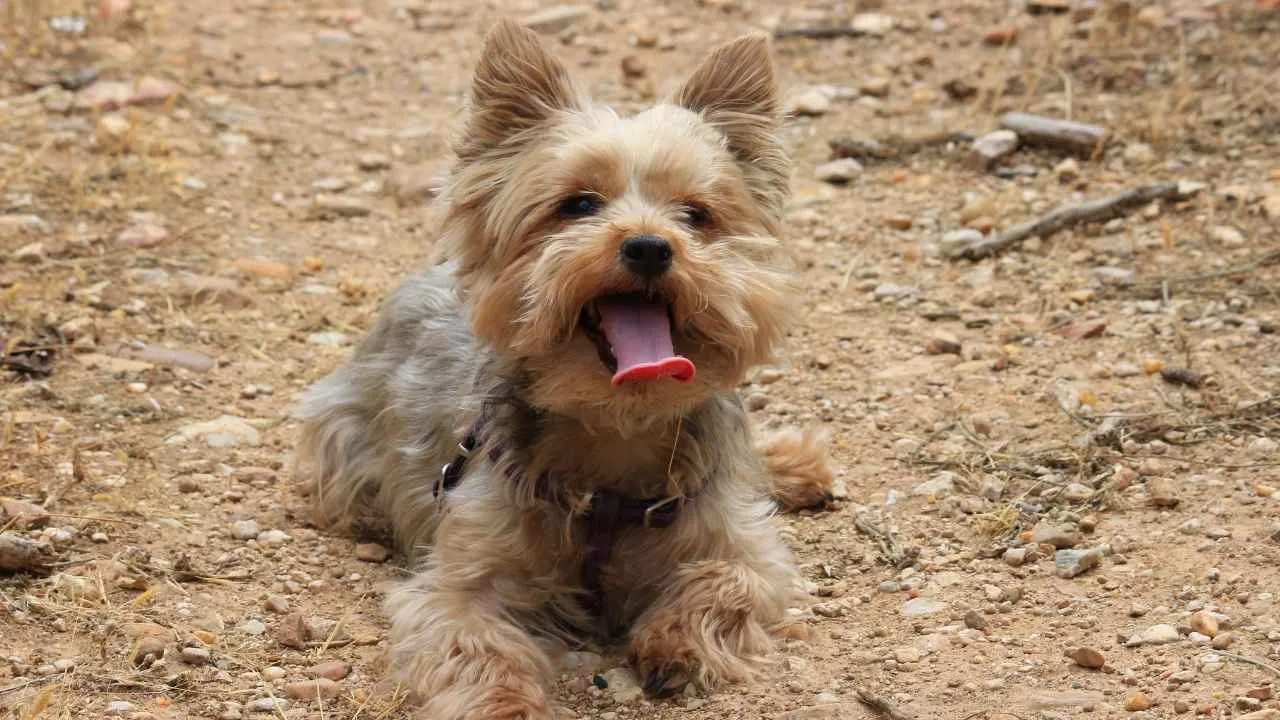
In the 19th century, Yorkshire Terriers were employed in clothing mills and coal mines to keep rat populations in check. Their compact size allowed them to slip between machinery and beams unnoticed. With sharp eyesight and quick footwork, they became known for eliminating rodents in hard-to-reach places.
Agility That Supports Purpose
Their lightweight build supports swift movement, whether it’s darting behind storage bins or down tight alleys. They’re naturally agile, often seen jumping or twisting mid-air during pursuit. This makes them efficient even in narrow urban or industrial environments where vermin are difficult to access.
Alert Mind Paired With Energy
Yorkies stay mentally active and quickly respond to subtle sounds, making them sensitive to rodent scurrying. They rarely lose focus once engaged in a chase. Their keen awareness and lively reactions are shaped by generations of working in cluttered, high-distraction areas.
Confidence Beyond Their Size
Though small, they demonstrate boldness when facing larger rodents or exploring unknown gaps. That assertiveness is what made them valued by workers who needed a fearless but manageable hunter. Their long coat never slowed them down, as it was often tied up or trimmed during work hours.
9. West Highland White Terrier
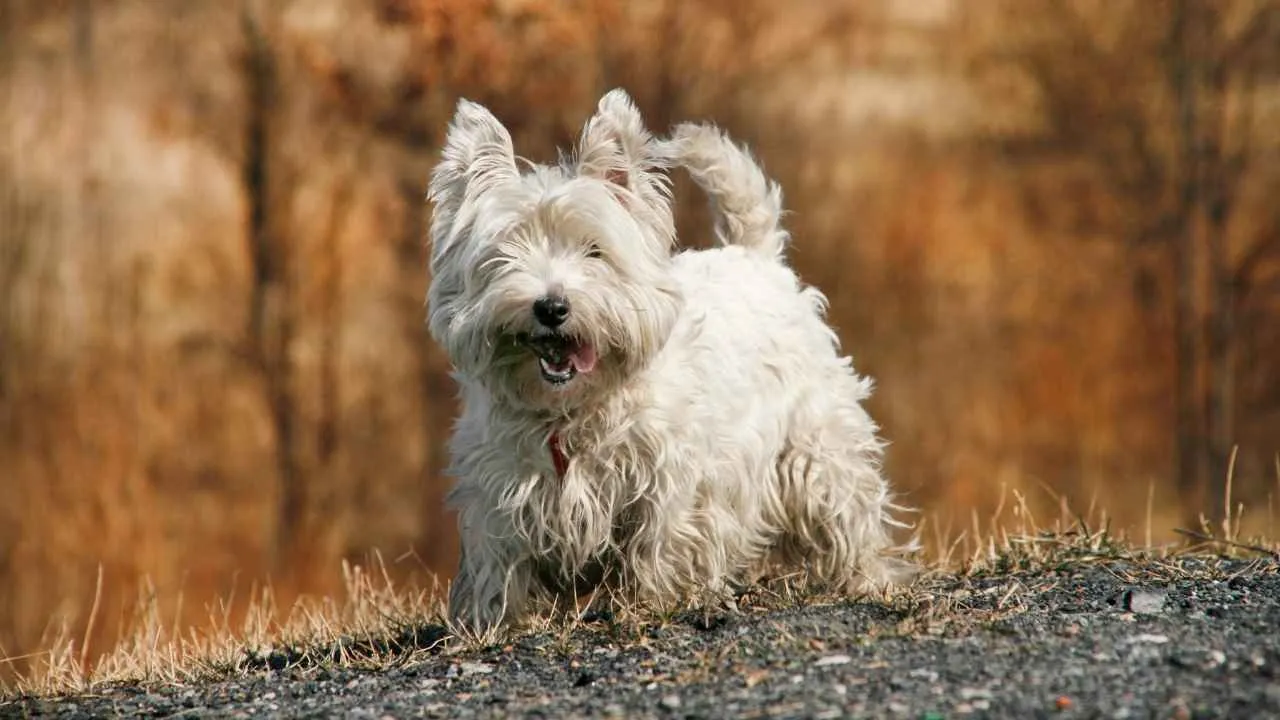
The West Highland White Terrier was developed in Scotland to hunt and kill rodents hidden in dense brush or burrows. Their strong muzzle and wide jaws give them an advantage in quick, lethal bites when they locate prey. Their white coat helped hunters spot them easily in rugged terrain.
Strong Instincts Meet Physical Agility
This breed doesn’t hesitate when chasing down a target — they are fast, sure-footed, and determined. Their natural digging instinct lets them follow mice and rats underground or through tight spaces. Even in closed areas, they find ways to corner and control movement.
Always Alert and Ready
Westies maintain a high-energy posture, scanning their environment without tiring quickly. Their upright ears and focused eyes show continuous engagement, especially in barns or yards. They have a sharp bark, often used to signal movement beneath floorboards or brush.
Independent Thinkers in the Field
They work well without constant direction and make their own decisions during the hunt. This self-reliance helps in places where vermin are active but unpredictable. Many pest control professionals still recognize the breed for its steady drive and instinctive hunting style.
Conclusion
Some dogs were simply made for more than cuddles—and ratting is in their bones. These breeds aren’t just quick on their feet—they know how to think, move, and strike with purpose.
They’re not only great at chasing rats, but also skilled at finding small rodents in places you wouldn’t even check. Whether it’s your barn, garage, or garden shed, these dogs offer control where traps and sprays fall short.
They also help reduce other vermin and keep your home cleaner over time. If your space needs more than a watchful eye, it might be time to bring in a dog that treats pest control like second nature.


